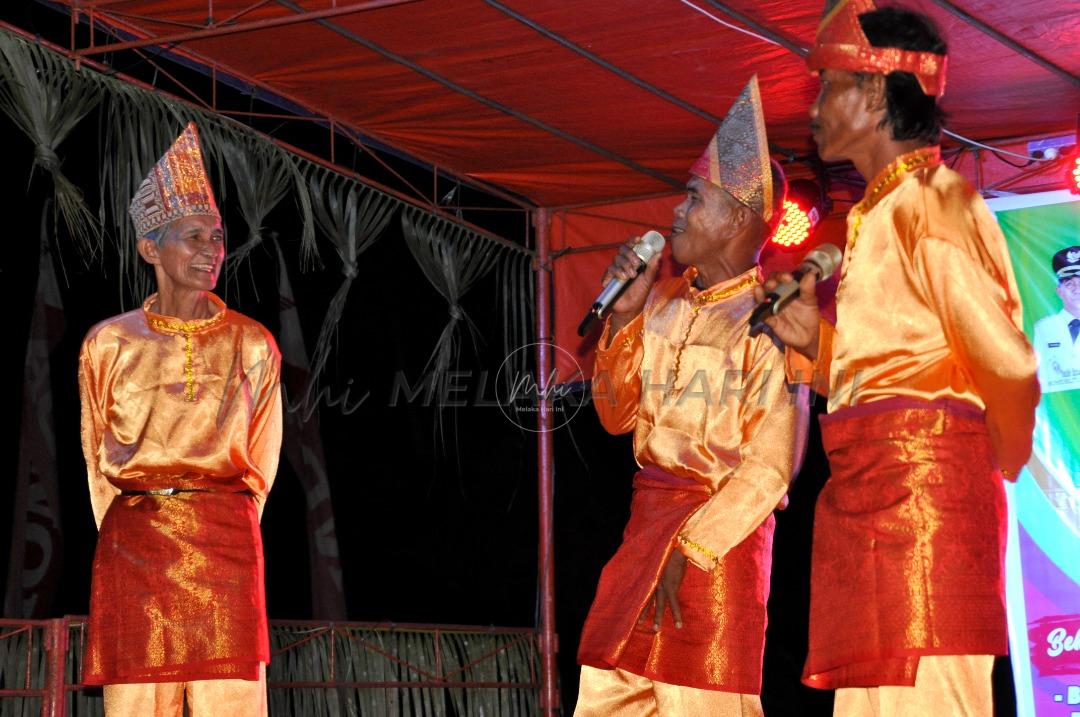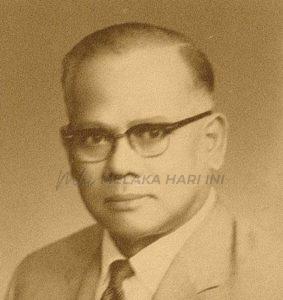
The Pantun: A Cultural Investment in the Medium and the Message
There is a line in Betawi-born Ismail Marzuki’s keroncong number titled “Rindu Lukisan” which says “Maklum maksud tak sampai” (message conveyed not understood).
My earlier complaint was that the pantun, as the Malay medium/media and message par excellence has been far removed from the corpus of media studies in Malaysia (and in Indonesia). I lamented on the problem in a 2013 article titled “Membisu Seribu Bahasa, Mendusta Seribu Kata: Kesedaran Alam Melayu dalam Kajian Komunikasi in Malaysia” (Silence in a Thousand Languages, Deceit in a Thousand Words: The Consciousness of the Malay World in Communication Study in Malaysia). It was carried in the journal Melayu: Jurnal Antarabangsa Dunia Melayu. Two lines from “Rindu Lukisan” worded the first part of the title.
The pantun is silenced as an object of inquiry in the universities. It corpus residing in some tiny space in Malay Studies. The pantun is not studied in the other faculties. Certainly not in media studies. The pantun is indigenous to the Malay world. It is the quintessence of the Malay psyche. We see it as an art form, a ritual for ceremonial purposes. It is essentially a capsule of the Malay world view, the embodiment of Malay identity. On campus, and in schools, the pantun must be used to discipline students in the art and science of thinking, and expression.
Scholar of literature and connoisseur of the pantun, Sasterawan Negara Professor Muhammad Haji Salleh (2006) describes the pantun as manifesting the genius of the Malay, and where we find “the magic of literature.” The pantun comes in various names, and forms, capturing life, thought and aesthetics. We find it in the Malay peninsula, Betawi, Riau, Ambon and Acheh. The Melaka Malays and Peranakans celebrate the form. So also with the Jakarta Peranakans. According to Muhammad, there are almost a hundred manuscripts of the pantun collected in the libraries of Jakarta, Leiden, Paris, London, and Berlin, mostly from the end of the last century. These collections are by scholars from England, Holland and Germany.
The pantun was born from an oral past and continued this charmed life essentially as an oral form. It is lived in orality, and aurality, and now altered by print. Since the end of the 19th century, the pantun has been published in many Malay dialects. The form has also drifted into Europe. The French call it pantoum. We find this in the writer Victor Hugo, and resonating in Henry Fauconnier’s The Soul of Malaya (1931).
The form is ever-developing. In its earliest meaning the term pantun perhaps did not refer to the form that we know it today. It is only by the 17th century the word came to stand for the form, mainly in the Peninsular, Sumatra and parts of Borneo. This is where we see the Malay interacting with the environment, the expanse of the geography of the Tanah Air which saw the world spreading out before them as a teacher, as in the instructive saying – ‘alam terkembang jadi guru.’
The earliest pantun forms would probably be two-line verses that have similarities with concise proverbs. They contained a line called the pembayang, the foreshadow; and the the maksud, or meaning proper. For example,
Ada ubi, ada batas.
Ada budi, ada balas
[Tubers in the ridge
Kindness will see repayment]
The two-line verse developed into a four-line form after poets struggling to express themselves noticed that a mere couplet could not do justice to the complex world or the rumination of the serious observer of human life. Thus the four-line pantun was born. Muhammad asserts that the four-line model was perhaps the most successful, and remain the more elaborate of Malay traditional poetic forms.
Hence the popular form would have a meaning indicator (pembayang maksud) rhyming with the words in the last two lines called the meaning stanza, and the meaning proper (rangkap maksud) – simple and melodious, with metaphors and allusion. When the four-line pantun becomes a constraint, the lines are increased to six, eight, ten, and twelve. And there is the twenty-line Minangkabau pantun. We also find linked pantun (pantun berkait).
What we see (or hear) is the spontaneous creation of the oral structure in flawless language to convey meanings. The virtual and the real appear at the same time – all at once. The pantun is the simultaneous product of the left-right brain akal (reasoning, rationality, emotion and imagination). Central to this all-at-once emergence of the abstract and the concrete is the budi, precisely taken to mean a network of intelligence and emotion.
The virtuality and the reality of the Alam Melayu breath the same air. Pantun performance as in the wayang kulit, dondang sayang, dikir barat; and the lullaby pantuns as well as the adat pantuns hold peculiar oral qualities dear to society. It is a vehicle for the transmission of origins, observations, criticisms and news.
Pantuns are intellectual symbols, of ruminations on life, and order. It is the lore, and the law, unwritten in its pristine form. A medium holding in abeyance of our understanding of media. Virtual space sees the return of the pantun, a rebirth of the medium, a renewed orality and aurality. The medium and the message have come full circle.
We find pantuns in advertisement, lyrics, comics, introductory lines on television and radio, in plays and films. Advertising billboards are potential spaces for pantuns. These are untapped, unused, and ignored cultural space. Once I casually suggested to a group of scholars and the literati on displaying pantuns along highways and in towns. The immediate question asked was – who will pay for these? We need to alter our attitude toward cultural investment.
There is a pantun inscribed on a wall of a house on the shores of Lake Maninjau in the Minangkabau heartland: Yang kuriak itu kundi/Yang merah itu sago/Yang baik itu budi/Yang indah itu baso [Trans.The speckled is the spotted/The Indian pea is red in form/The virtuous is kindness/The resplendent is decorum]. The maksud awaits.
Langgani saluran Telegram kami untuk dapatkan berita-berita yang terkini.


